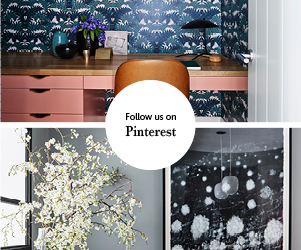House of Finn Juhl











Furniture and houses are of course always designed in a context. I have rarely built a house where I didn’t also design the furniture. It is of course fundamental that the furniture is practical. Chairs are not designed to look at but to sit on, but of course it makes you happy, if they are also worth looking at – Finn Juhl, 1982
Danish architect Finn Juhl is now perhaps more renowned for his furniture than his architecture. Juhl worked closely with cabinetmaker and craftsman Niels Vodder to create such icons as the ‘Pelican Chair’ and the ‘Chieftains Chair’.
Juhl’s house, on the outskirts of Copenhagen is a modest abode, now open as a museum for the public to sense first hand the impact of Denmark’s design history and its significant contribution to the Scandivanian Modern period.
Inside the home, the spaces have a wonderful sense of connectivity, each one enticing and beckoning you with a promise of divine discovery. They are warm and sociable spaces that are lovingly curated. Embracing a theory he called “from the inside and out”, Juhl’s idea was that the inception of a building began with envisaging and planning its furniture. A fully furnished space could then start to determine both the spatial envelope required and thus the overall character of the architecture.
Heavily influenced by the artists of his time, Finn Juhl felt that a good designer should also build a collection that is visually eclectic but complementary. This ethos is apparent in his house where everything comes together with such harmony from the furniture pieces to the art, carpets, books, trinkets and treasures, and paint treatments. It’s a creative den, a visual feast of inspiration.
Juhl’s ‘Poet Sofa’, with its welcoming embrace is a hero piece in this picturesque home. Sitting in perfect harmony with the ‘Chieftains Chair’, both true icons conversationally face each other over a sculptural fireplace – the true heart of this home.
Credits: Finn Juhl

